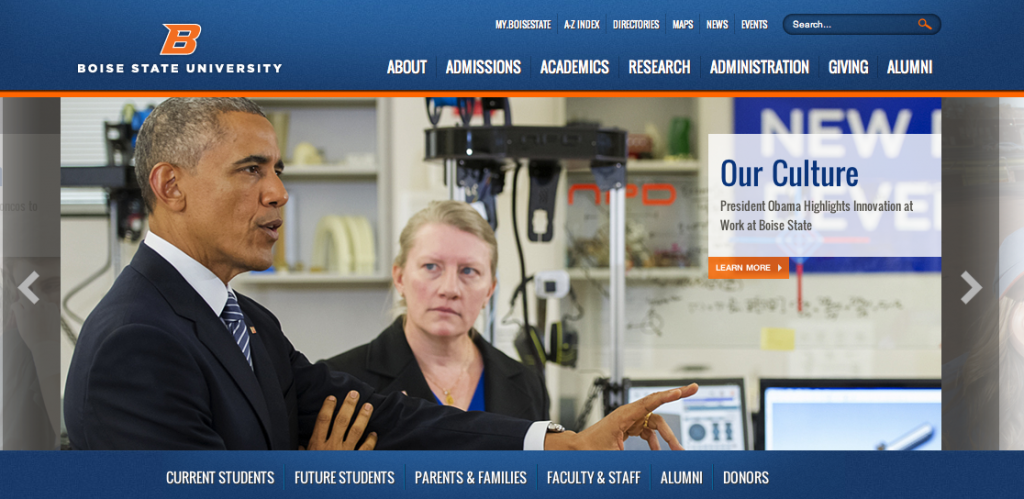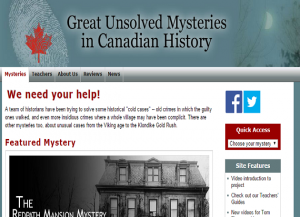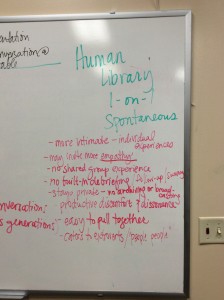I think I’m the outlier of our group…but I loved Our Unprotected Heritage and I appreciated King’s interpretation of the problems. I appreciate snark and frankness, particularly in academic writing. And I disagree that he does not offer solutions. I think that if we look at this work holistically, instead of as a list of problems that need solutions, we can find many recommendations.
For starters, the overwhelming message of the book is that government agencies have tied their own hands. They write jargon-y protocol to follow confusing laws and expect underpaid and overworked employees to be shiny beacons of morality and competency. As King points out various antiquated or confusing practices of government agencies, I find that his solutions read between the lines…”Stop doing that!” Let’s focus less on red tape and bureaucratic forms so that our federal and state employees have the time to seek real solutions with real people. Instead of filling manuals with confusing wording and acronyms, let’s write clear directions and expectations. While laws might be slow to change and update, we can give administrative and managerial staff the confidence and power to make common sense judgements. I appreciated King’s example of the couple making a decision to buy a car…they discuss options, weigh outcomes and make an informed decision together. It should not be so difficult for agencies and concerned citizens to have the same types of conversation and rely less on forms, letters, lawyers, and arms distance negotiations.
Another glaring issue that King discusses (and I think proposes solutions to) is the problem of EIA and CRM firms acting as a proponent for project. If a third party is hired to assess the environmental or cultural impact of a project, they are far more likely to skew results in favor of their client. After all, “Your project means the world to us!” truly does mean the fiscal survivability of the firm. I think the solution for this problem is equally as clear as the last…”Be bothered by this!” Governmental agencies, consultants, clients and citizens should all be bothered by this. If laws are in place to prevent corruption and we all have to spend the time and resources on following these laws, shouldn’t we want our time and money to be well spent? The best way to circumnavigate this is in the small example that King gives on pg. 43. “Environmental and cultural resources studies (should) be done by contractors who report directly to (the agency), rather than to the project proponent. The proponent pays, but the agency calls the shots.” I’m sure the reason why most agencies don’t do this is lack of staff to accomodate the extra work. But if agencies free themselves from bureaucratic nonsense (as mentioned) above, they should have time to read a (concise and jargon-free) report from the consultant.
King does tear through Caldwell’s recommendations for change, but I don’t think he dismisses them. Instead he adjusts them for the real world. Idealism is fine and dandy in our ivory towers, but the reality of the situation calls for the kind of brutal honest that King offers. Part of finding any solution is in a sophisticated analysis of the problem. It is clear that King has done that.





